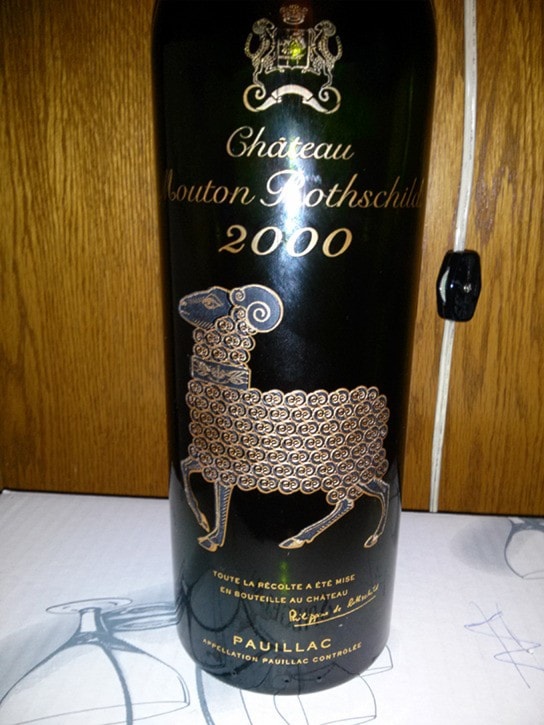Would you buy a bottle of wine because its label featured an image of Adolph Hitler? Would you not buy that bottle because of the image? Would you buy it if you thought it offered good value, regardless of the label?
Those are some questions that came to mind when I read recent stories about an Italian winemaker who, since 1995, has been putting historical political figures on his labels. Ones with Churchill’s image languished on the shelves. A Hitler series, though, is a strong and consistent seller. Alessandro Lunardelli is a small producer just northwest of Florence and he has been making wine in the same location since 1985. He is unapologetic about his marketing scheme.
According to his company’s website, the Historical Series consists “of bottles of wine of optimal quality with labels that remind us of the life lives of celebrated personages of Italian and world political history such as Che Guevara, Churchill, Francesco Giuseppe, Gramsci, Hitler, Marx, Mussolini, Napoleon and Sissi.
“Thanks to this invention, the wine company Alessandro Lunardelli has obtained a lot of attention from the media all over the world both for the originality of the idea and for the quality of the wines. Today approximately half of the bottles of wine produced by the company are dedicated to the to the Historical Series, which by now amounts to over 50 different labels, and has become a cult object among the collectors.”
While the labels have met Italian legal tests to ensure they are not promoting Nazism, in recent weeks the world press has got hold of the story and Lunardelli is facing increasing pressure about his scheme. To this point he remains steadfast that they are historical depictions. And he’s getting publicity beyond his wildest dreams.
Repugnant images aside, wineries everywhere are in a continuous battle to be noticed in the marketplace. How does one particular bottle get noticed on a store shelf that might have hundreds of different labels?
Some producers prefer conservative, classic labels whose only image might be a small company logo. On these labels the words do the talking. Chateau Margaux, one of France’s legendary Premier Grand Cru Classé producers of Bordeaux wines, includes an image of the three-story mansion on the estate. But the 2000 Chateau Mouton Rothschild is entirely etched in gold and copper, and dominated by a curlicue ram (my son, Evan, poured a couple for a group at the Calgary Petroleum Club earlier this month, at $1,000 each).
Closer to home, playfulness has made its mark for Okanagan wineries. Among those leading the way was Blasted Church Winery. Owners named the winery to tie into the legend of a church being moved from an abandoned mining camp to Okanagan Falls in 1929. Legend has it that dynamite charges were successful in loosening the nails used in construction to make disassembly easier. Labels feature cartoons of characters and events and are described by broadcaster Jurgen Gothe as “outrageous, colourful, cartoony, off-the-wall, and — this is the clincher — nothing at all like a B.C. wine label.”
Over in Naramata, owners of Therapy Vineyards and Guesthouse have had a wonderful time adopting Sigmund Freud as their mascot and producing wines like Freudian Sip, Freud’s Ego, Super Ego and the wonderfully named rosé, Fizziotherapy. The colourful Rorschach blot that is featured on many of the labels has helped Therapy wines become instantly identifiable on store shelves.
Interestingly, one fad that seems to have fizzled is the obsession Australian winemakers had with animals. Not so long ago, any image on a wine label that included a koala bear, kangaroo, emu — and even more common birds and amphibians — could be assumed to be announcing an Aussie wine. The glut of Australian wines and a consumer who eventually tired of slightly sweet one-dimensional wines seems to have taken its toll, though. I haven’t checked import numbers, but my instincts tell me that the more interesting low-priced wines of Argentina, Chile and Spain have eroded the Australian dominance.
I freely admit that I am drawn to interesting wine labels, especially when I am just browsing to find something I haven’t tried. I’m not sure that a label featuring a picture of Adolph Hitler would make me reach for my wallet, though.
Lorne Eckersley is publisher of the Creston Valley Advance. His website, www.lorneeckersley.com, features a collection of columns, stories and photographs about wine, beer and spirits, food, travel and arts.
